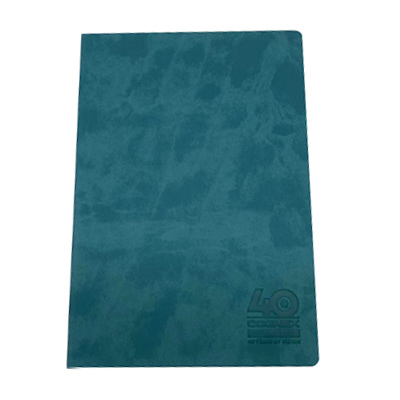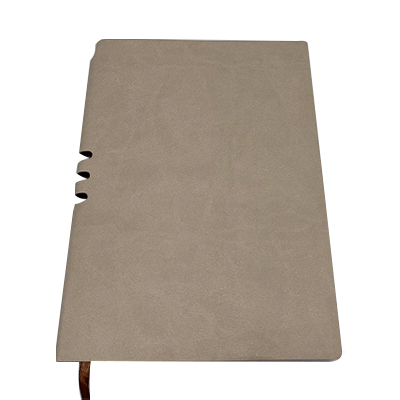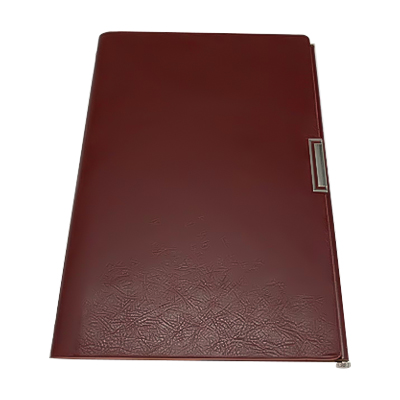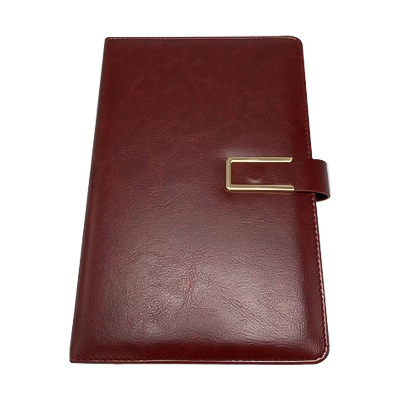Paper packaging has a far-reaching impact on branding strategies and consumer perceptions. With growing attention on sustainability, eco-friendly materials like paper have surged in popularity among both businesses and consumers. This shift not only enhances a brand’s image but also fosters positive emotional connections between brands and their customers. The tactile, visual, and ethical elements of paper packaging can elevate a product’s identity, making it stand out in a crowded marketplace.
1. The Role of Paper Packaging in Sustainability Branding
Eco-friendly Appeal
Sustainability has become a critical consideration for businesses, particularly in consumer-facing industries. Paper packaging is often perceived as more environmentally friendly than plastic due to its biodegradable nature. By using paper instead of plastic, companies can appeal to eco-conscious consumers, improving their brand’s reputation and standing in the marketplace.
Key Advantages:
- Biodegradability: Unlike plastic, paper decomposes naturally, reducing long-term environmental impact.
- Recyclability: Paper can be recycled and repurposed into new products, creating a more sustainable lifecycle for packaging materials.
- Renewable resource: Paper comes from trees, which can be replenished through responsible forestry practices, making it a renewable resource.
The environmental benefits are significant, especially considering the growing demand for more sustainable products. By making the switch to paper packaging, businesses send a clear message to their customers that they are environmentally responsible.
Positive Emotional Connection
Consumers often associate sustainable practices with ethical business models. Using paper packaging communicates that a company is socially responsible and values environmental preservation. This can foster deeper emotional ties between the brand and its customers. Consumers are more likely to support brands that align with their values, leading to higher brand loyalty.

Emotional Appeal:
- Authenticity: Consumers perceive brands using eco-friendly packaging as more trustworthy.
- Social Responsibility: A sustainable image appeals to consumers who value ethical, green, or ethical business practices.
- Long-term connection: Consumers are more likely to continue supporting a brand that demonstrates its commitment to positive change.
When brands integrate sustainability into their packaging design, they create an emotional connection that can enhance customer loyalty and even influence buying decisions.
2. Enhancing Brand Identity Through Design and Customization
Versatile Design Possibilities
Paper packaging provides a unique opportunity for creativity, allowing brands to design packaging that reflects their identity. The customizable nature of paper packaging means businesses can create distinctive and attractive designs that make their products stand out on store shelves and online. The ability to experiment with different finishes, colors, and textures makes paper packaging an excellent tool for reinforcing brand values and identity.
Custom Design Elements:
- Textures: From matte finishes to glossy, embossed, or even uncoated surfaces, the tactile experience of paper packaging enhances the perception of quality.
- Color and print options: Paper can be printed with intricate designs, logos, or messaging, which can reflect a brand’s personality. Custom prints allow brands to tell a story with their packaging.
- Shape and structure: Paper can be formed into various shapes—such as boxes, tubes, or bags—that help create a memorable unboxing experience.
Telling a Brand Story
Paper packaging offers ample space to tell a brand’s story. The surface of the packaging is not just functional but also an opportunity to share a narrative. This can include the brand’s origin story, product benefits, or even its commitment to sustainability. Consumers appreciate when a company shares its values and stories, helping them feel connected to the brand on a deeper level.
Key Considerations:
- Storytelling through design: Use packaging to share your brand’s values, history, or product journey.
- Text and visuals: Combining compelling narratives with attractive designs can enhance the emotional connection with customers.
- Authenticity: Genuine storytelling can build a more trustworthy image for the brand.
3. The Impact of Paper Packaging on Consumer Perception
Trust and Transparency
Paper packaging is synonymous with trust and transparency, values that are important to today’s consumers. With the rise of the ethical consumer, businesses need to prove that they are transparent about their materials and sourcing practices. By using responsibly sourced paper, companies demonstrate transparency, which can boost consumer trust and loyalty.
Building Trust:
- Sustainability practices: Packaging made from responsibly sourced paper materials signals transparency in environmental impact.
- Clear labeling: Including information on the packaging about sourcing and recycling practices enhances the brand’s integrity.
- Social and environmental accountability: By adopting ethical packaging practices, companies can communicate their commitment to global well-being.
The tactile feel and natural aesthetics of paper packaging give a sense of authenticity and quality that resonate with consumers looking for honesty in the products they purchase.
Enhanced Product Experience
The tactile and sensory experience of using paper packaging enhances product perception. The unboxing of products, whether in retail stores or via online orders, is a pivotal moment for the customer. Paper packaging, with its premium feel and aesthetic appeal, can make this experience more memorable.
Key Sensory Aspects:
- Tactile engagement: The texture of paper, whether soft or rough, adds a layer of sensory pleasure that plastic cannot match.
- Visual appeal: The natural appearance of paper can evoke feelings of warmth and authenticity.
- Auditory engagement: The crisp sound of paper tearing or crinkling can add to the excitement of opening a product.
These sensory experiences create positive associations with the brand, making the consumer’s interaction with the product more enjoyable and reinforcing their connection with the brand.
4. Paper Packaging and Its Influence on Consumer Purchase Decisions
Perceived Value
The material used for packaging can dramatically influence how consumers perceive the value of a product. Paper packaging, especially when it is well-designed and made from high-quality materials, can elevate the perceived worth of a product. Consumers often associate high-quality packaging with high-quality products, which can justify higher prices for the brand.
Impact on Value Perception:
- Premium appeal: Luxury brands often use paper packaging with high-end finishes like embossing or metallic foil printing to elevate the product’s value in the consumer’s mind.
- Psychological effect: High-quality packaging can make consumers feel they are purchasing a premium product, enhancing their overall perception of the brand.
- Cost-Effective Premium Image: Brands can create a luxury appearance without significantly increasing costs by using high-quality paper packaging.
By using paper packaging that aligns with the brand’s identity, companies can create an upscale perception, encouraging consumers to choose their products over competitors.
Consumer Expectations and Market Trends
In the competitive marketplace, consumers expect brands to adopt sustainable packaging solutions. Paper packaging helps meet these expectations, making the brand appear progressive and aligned with contemporary trends. As consumers increasingly prioritize eco-conscious choices, brands using paper packaging stand out for their proactive approach to sustainability.
Key Market Trends:
- Eco-conscious consumers: Brands that use paper packaging appeal to the growing demographic of consumers who prefer sustainable products.
- Rising demand for sustainable solutions: As demand for plastic-free alternatives increases, paper packaging provides a solution that aligns with market trends.
- Social influence: Consumers are more likely to share their positive experiences with brands that use eco-friendly packaging, influencing others to make similar choices.
By adopting paper packaging, brands can tap into a rapidly growing market of eco-conscious consumers, positioning themselves as forward-thinking and socially responsible.
5. Paper Packaging in the Age of E-commerce
Online Shopping Experience
As e-commerce continues to dominate, the role of packaging in the customer experience becomes more important. Paper packaging is an excellent choice for online retailers, as it not only protects products during shipping but also provides a way to create a memorable first impression. The unboxing experience has become a significant aspect of online shopping, with many consumers sharing their experiences on social media.
Key Considerations:
- Protection during shipping: Paper packaging is durable and can be customized to protect products during transport.
- Unboxing appeal: A product that arrives in well-designed paper packaging provides a delightful experience for consumers, increasing the likelihood of positive reviews and repeat business.
- Brand reinforcement: When customers receive a beautifully packaged item, it reinforces the brand’s commitment to quality.
For e-commerce businesses, paper packaging is a cost-effective way to enhance the customer’s unboxing experience, helping them remember the brand and return for future purchases.
Cost-Effectiveness
While paper packaging may carry a higher upfront cost compared to plastic, it can still be an affordable choice in the long run. The cost of using paper can often be offset by the premium image it gives to the product and the increased consumer demand for sustainable products.
Cost Considerations:
- Efficiency in bulk: Buying paper packaging materials in bulk can reduce costs.
- Long-term gains: Higher perceived value and positive customer experiences can lead to increased sales and loyalty, offsetting initial packaging costs.
In many cases, the benefits of using paper packaging—both in terms of brand perception and consumer loyalty—far outweigh the initial cost investment.

 English
English Deutsch
Deutsch Français
Français Español
Español русский
русский عربى
عربى





